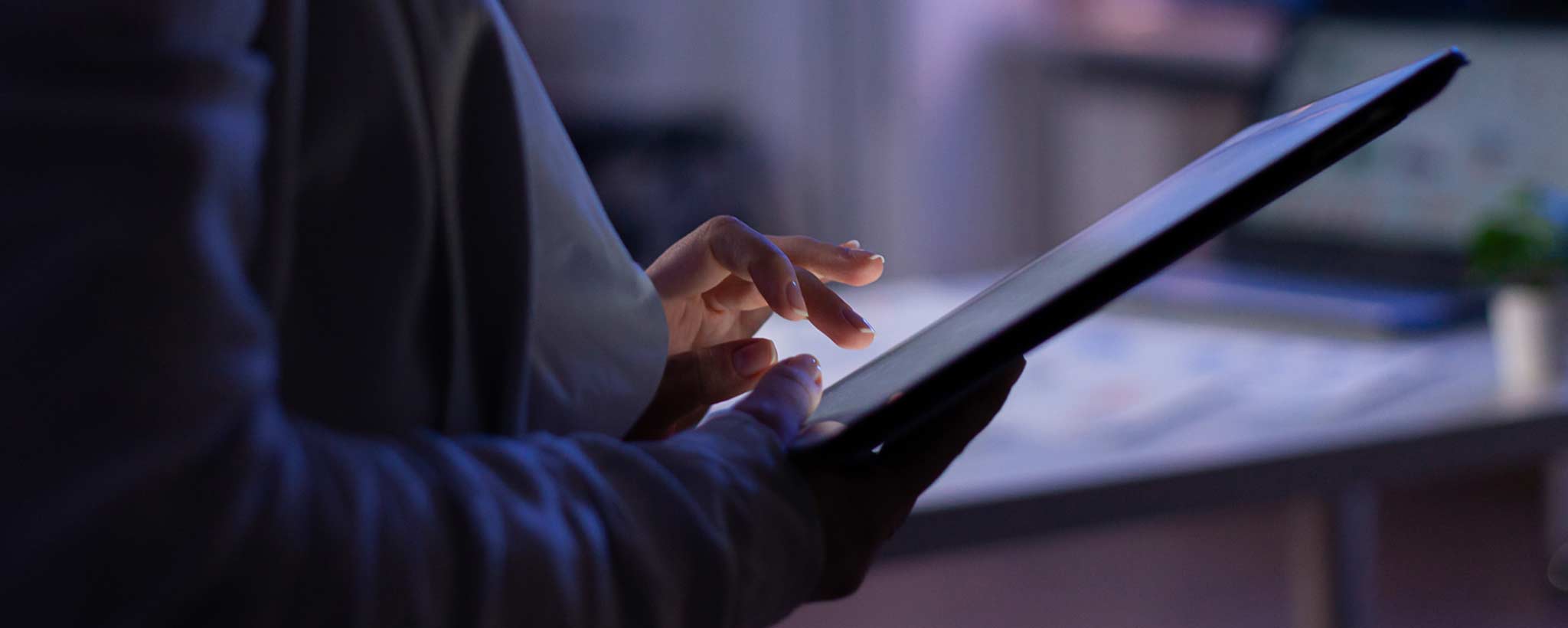Publish 24 May 2022
Beyond headaches, most people assume trauma is necessary to experience pain. But this unspoken neurological condition may be the source of your discomfort.
Pins and Needles
Amyra began experiencing chronic pain in her legs three months ago. Often, a tingling or burning sensation accompanies the pain. Constant discomfort is taking a toll on her mental health. Her job performance has also declined.
During past doctor visits, the internist asked about an injury. Amyra could not identify one. So, she was told to take over-the-counter ibuprofen. She has health insurance with a low co-payment. She returns to her primary care physician. This time, the consultation includes more extensive questioning. Finally, the doctor diagnoses her with dysesthesia.
What Does Dysesthesia Feel Like?
Dysesthesia is a combination of two Greek words that translate to “abnormal sensation.” [1] Simply put, it is an uncomfortable sensation in response to normal stimuli. Your body perceives a gentle touch as something painful.
Even your clothes trigger a painful response. In some cases, you can feel crawling under your skin. Other symptoms of dysesthesia include burning of the skin, electric shocks, tingling, stinging, pins and needles, or cold sensation.
What Is The Science Behind Dysesthesia?

Your dysesthesia is always neurological. Dysesthesia develops when there is damage to your nerves. [2] It makes their behavior unpredictable. As a result, the normal communication system of your body fails to respond properly.
Take a look at how your nervous system works normally. A touch on your skin initiates a signal. Your nerves take this message to your brain. Then, the brain processes that information.
After assessing the nature of the touch, it formulates a quick response accordingly. In dysesthesia, your brain is unable to receive the proper message due to faulty nerves. Guess what happens?
If the wiring in your house is damaged, you’ll have flickering lights or short circuits. Right? Similar short-circuiting occurs with dysesthesia. Your brain does not understand the message, so it responds via a combination of senses, such as tingling, stabbing pain, or numbness. It begins to respond to something that isn’t there.
Who Gets It?
Dysesthesia is a symptom of a disease rather than a disease itself. It is often associated with multiple sclerosis (MS) ― a disabling disease of the nervous system that damages the protective covering of the nerve cells. This covering is crucial for the transmission of messages across your body from the brain.
When your nerves are exposed, it interferes with the normal communication between the body and the brain. The ‘MS hug’ is a common type of dysesthesia in MS patients. [3] You’ll experience tightness or squeezing around your chest or abdomen.
Remember, it’s not always multiple sclerosis (MS) in the case of dysesthesia. Other conditions like diabetes, Guillain-Barré syndrome, Lyme disease, HIV, and shingles can also cause dysesthesia.
Types of Dysesthesia
Not all dysesthesias are the same. Different types of dysesthesia depend upon the location of the affected area and the nerve they damage.
Scalp Dysesthesia
Often, you’ll hear people refer to scalp dysesthesia as ‘burning scalp syndrome.’ [4] It causes a burning sensation, itching, or tingling on or under the scalp (the area bordering your face from the front and neck at the back). The strange thing is that you will not observe any skin abnormalities like rashes or flakes. You can experience increased hair shedding in scalp dysesthesia.
Cutaneous Dysesthesia
Most people with this type of dysesthesia have sensitive skin. Their skin is not able to differentiate between different types of touch. A gentle touch on the skin can cause a painful sensation. Even a passing breeze or clothing can trigger uncomfortable sensations.
Occlusal Dysesthesia
Occlusal dysesthesia (OD), also called phantom bite syndrome, is a discomfort when you bite. You might feel that your dental occlusion ― the contact between your teeth while biting ― is abnormal.
What Does Work In Dysesthesia?
If your symptoms are severe, seek a healthcare professional’s guidance. Certain remedies can provide temporary relief from dysesthesia. Warm or cool compressions on the affected area can relieve pain by improving blood circulation to the affected area. Lotions containing aloe vera alleviate pain due to their anti-inflammatory effect. Meditation, exercise, and acupuncture reduce mental stress arising from dysesthesia.
Following the doctor’s recommendations, Amyra is seeing progress in her condition. She has also made lifestyle changes. She has quit smoking and started doing relaxation exercises.
Although dysesthesia does not always require treatment, you should seek help if your symptoms persist. Just like Amyra, with proper help, your nerves may rewire themselves, and you’ll feel better.
To support the writing of useful articles about neurology, ClinicalPosters sells human anatomy charts, scientific posters, and other products online. You may sponsor specific articles, become a ClinicalNovellas Member, or remit a small donation.
ClinicalPosters sells human anatomy charts, scientific posters, and other products online to offset expense of the writing useful articles about neurology. Slide extra posters into DeuPair Frames without removing from the wall.
Show your support by donating, shopping for ClinicalPins, becoming a ClinicalNovellas Member, or leaving an encouraging comment to keep the research going.
To support the writing of useful articles about neurology, ClinicalPosters sells human anatomy charts, scientific posters, and other products online. You may sponsor specific articles or remit a small donation.
ClinicalPosters sells human anatomy charts, scientific posters, and other products online to offset expense of the writing useful articles about neurology. Slide extra posters into DeuPair Frames without removing from the wall.
ClinicalPosters sells human anatomy charts, scientific posters, and other products online. You may remit a small donation or become a ClinicalNovellas Member.
You can support the writing of useful articles about neurology by sponsoring specific articles, becoming a ClinicalNovellas Member, or remitting a small donation. Visible content is optimized for device size.
UPDATED 2025 – This article reflects editorial revisions since its original publication.
FAQ: Coping with painful dysesthesia
What is dysesthesia?
Dysesthesia is a combination of two Greek words that translate to “abnormal sensation”—an uncomfortable sensation in response to normal stimuli.
What does dysesthesia feel like?
In some cases, you can feel crawling under your skin. Other symptoms of dysesthesia include burning of the skin, electric shocks, tingling, stinging, pins and needles, or cold sensation.
What is the science behind dysesthesia?
Your dysesthesia is always neurological. It develops when there is damage to your nerves.
What are some types of dysesthesia?
Scalp dysesthesia, cutaneous dysesthesia, and occlusal dysesthesia.







 Romance & Health Intertwine. Fall in love with a captivating romance miniseries that explores the essence of well-being. Become a ClinicalNovellas member for heartwarming tales.
Romance & Health Intertwine. Fall in love with a captivating romance miniseries that explores the essence of well-being. Become a ClinicalNovellas member for heartwarming tales.





